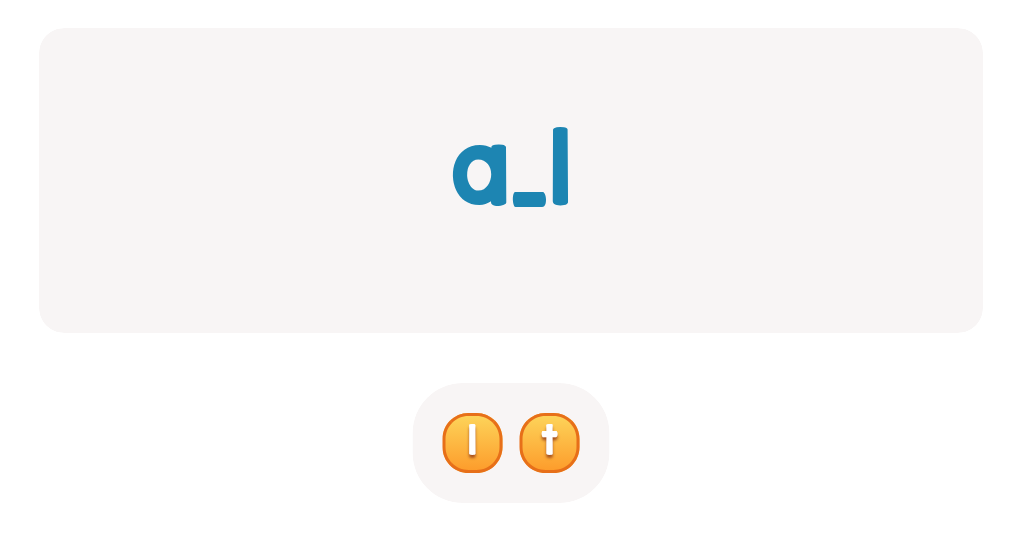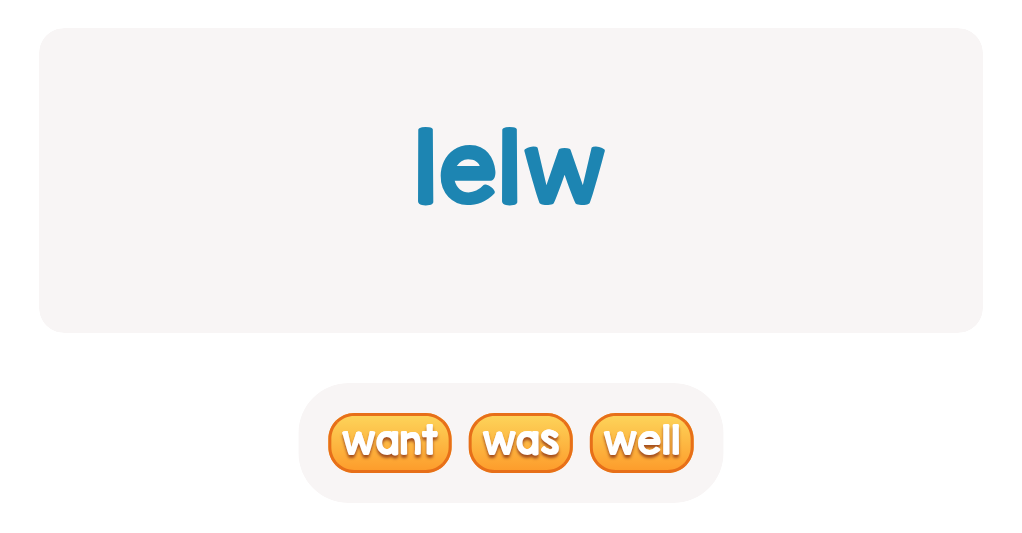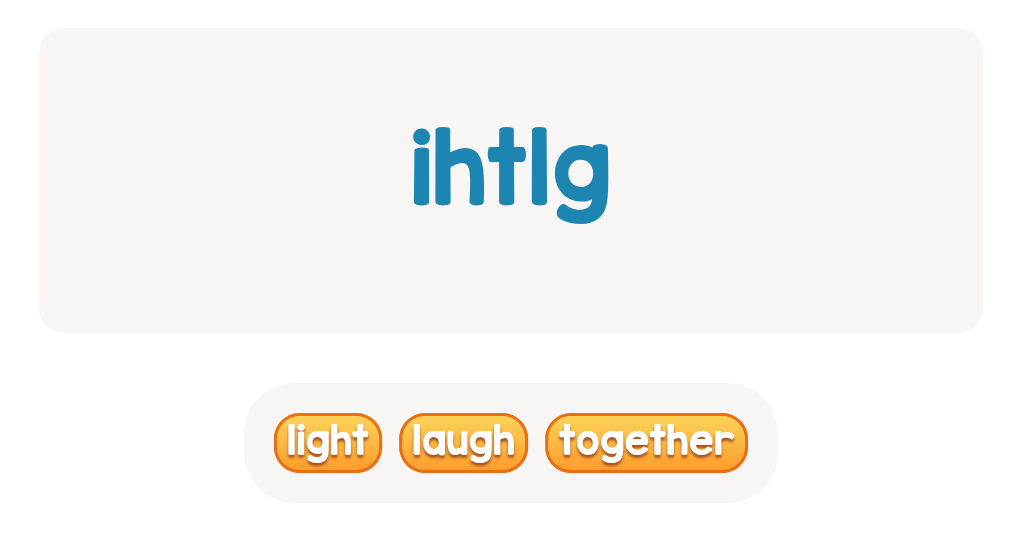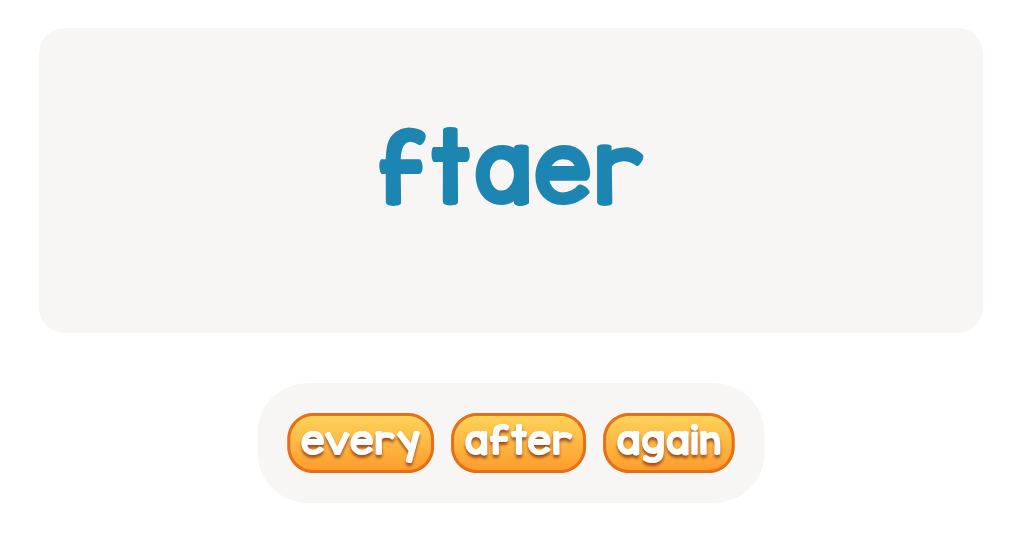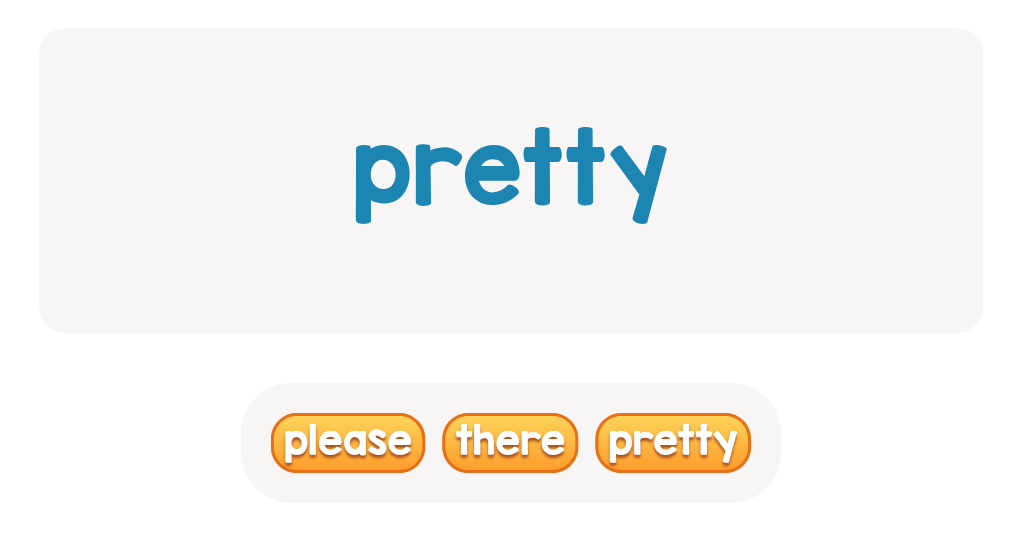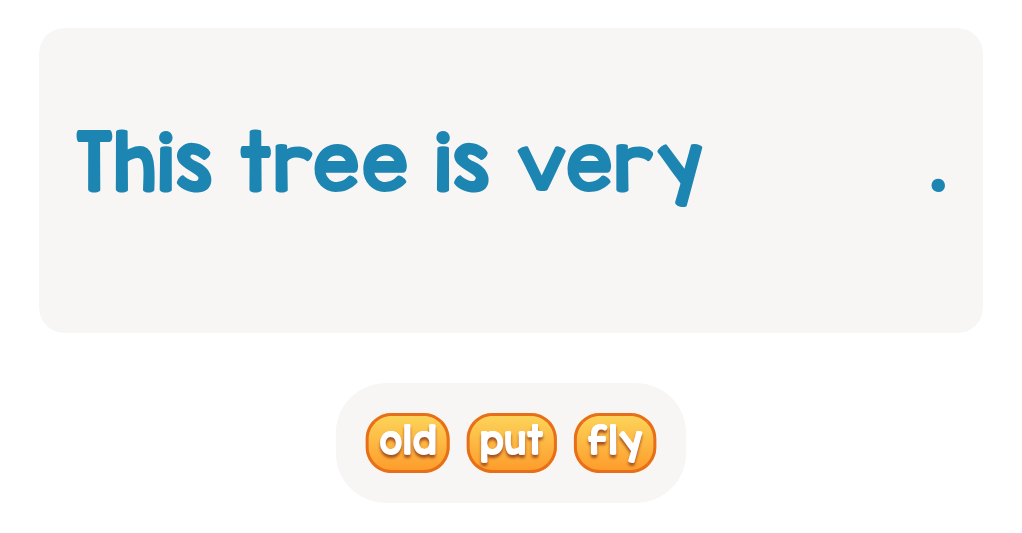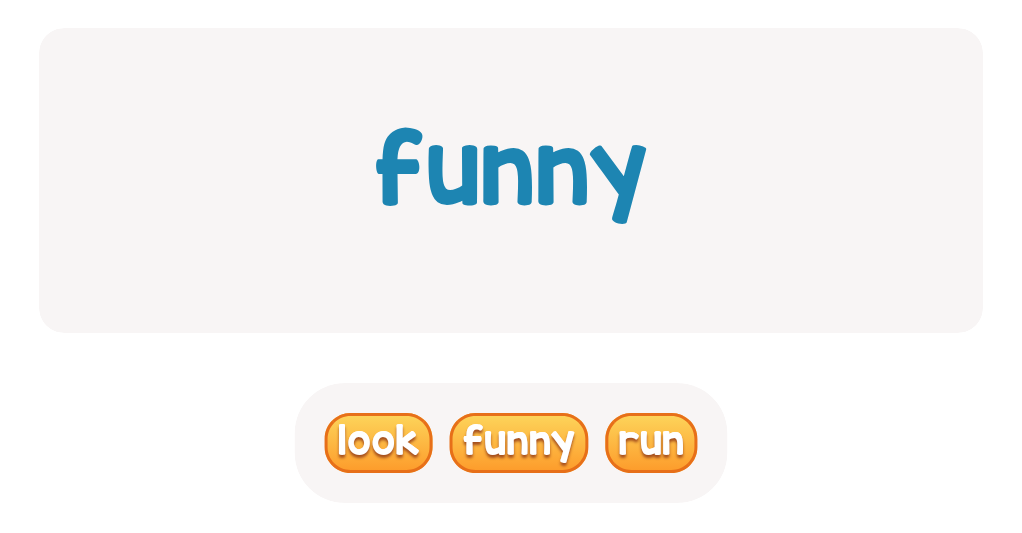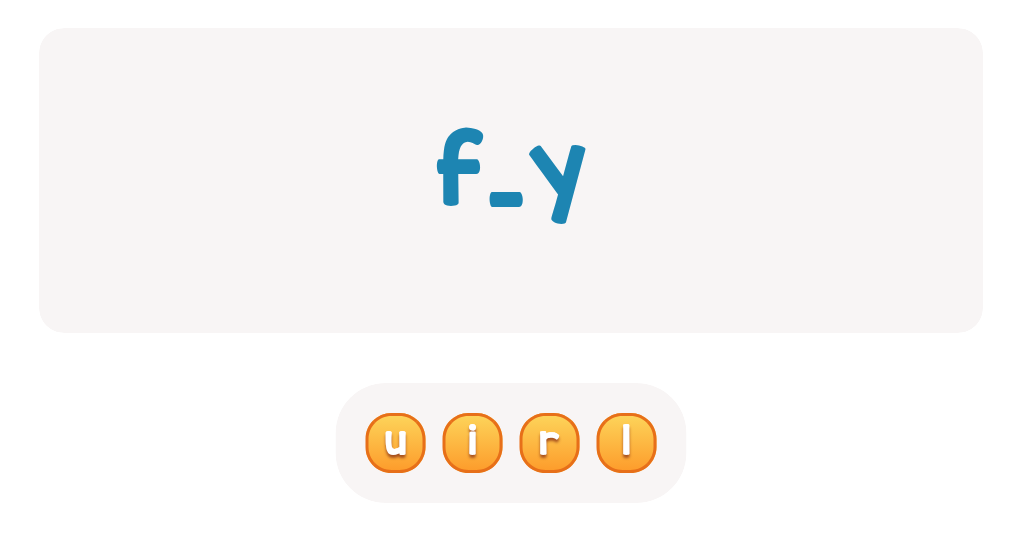Story sequencing Building Vocabulary Worksheets for Ages 5-6
3 filtered results
-
From - To
Enhance your child's vocabulary and comprehension skills with our Story Sequencing Building Vocabulary Worksheets, designed specifically for ages 5-6. These engaging worksheets encourage young learners to arrange story sentences in the correct order, fostering their understanding of narrative structure. As children practice sequencing, they will also expand their vocabulary through context-based activities. Interactive and colorful, these worksheets make learning fun, helping kids develop critical reading skills and imaginative thinking. Perfect for classroom or home use, our resources support early literacy development and provide a solid foundation for future reading success. Download today to inspire your child’s love for storytelling!
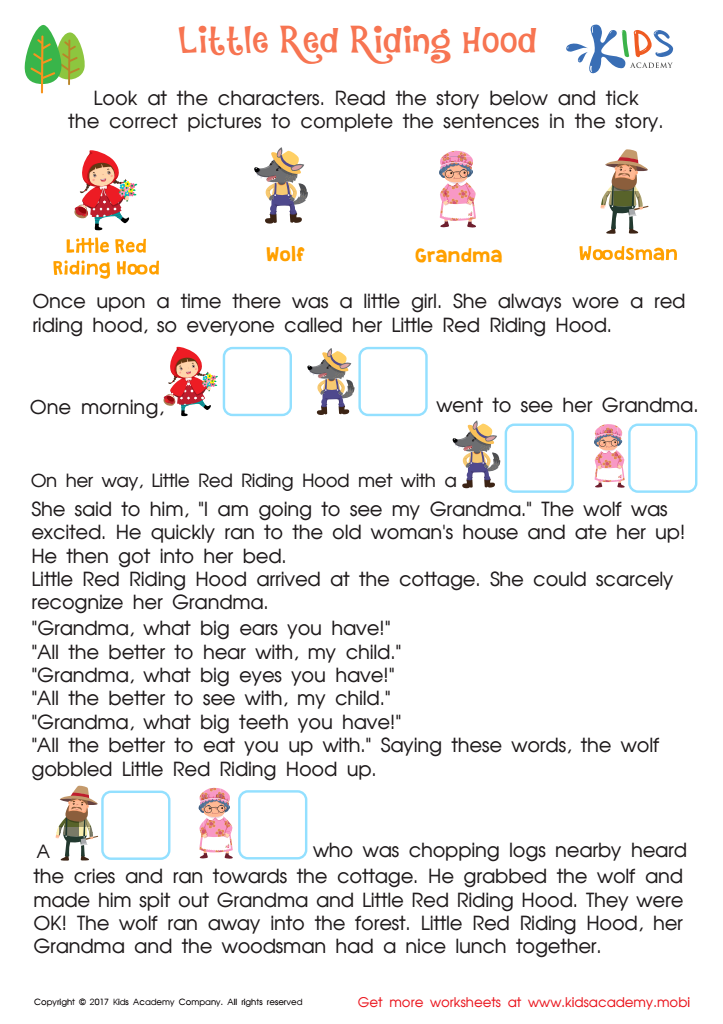

Little Red Riding Hood Printable
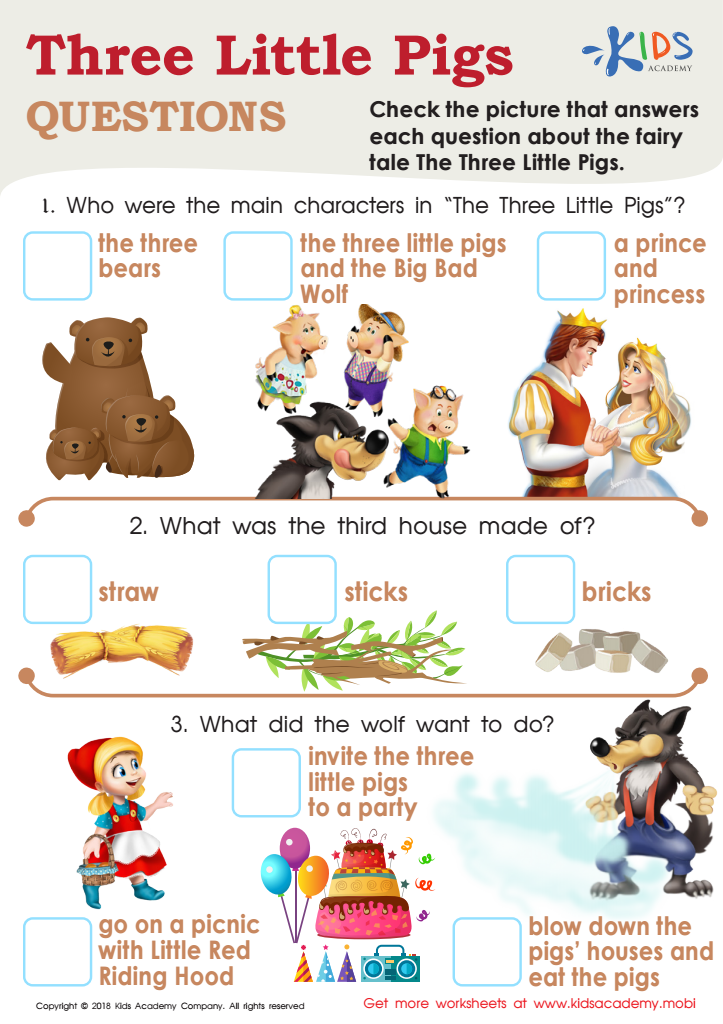

Three Little Pigs Questions Worksheet
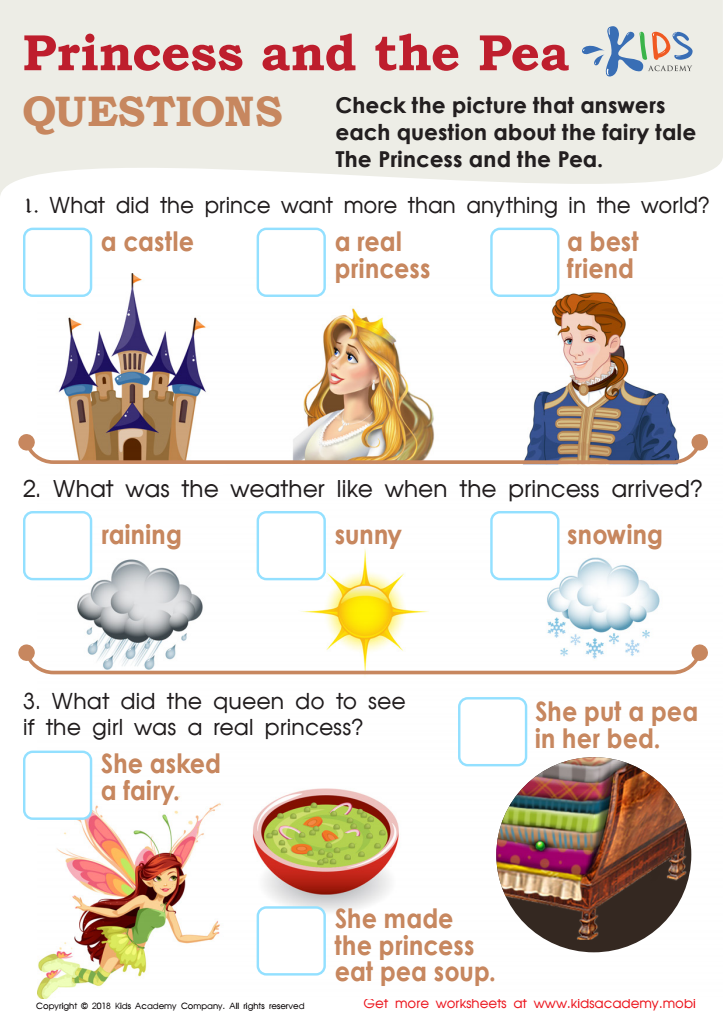

Princess and the Pea Questions Worksheet
Story sequencing and building vocabulary are crucial areas of focus for children aged 5-6, as they form the foundation for reading comprehension and effective communication. For parents and teachers, understanding the importance of these skills can significantly influence a child’s learning trajectory.
Story sequencing helps children grasp the logical order of events, enhancing their ability to follow narratives and predict outcomes. This skill is essential for making sense of stories, whether they are reading independently or listening to someone else. It fosters critical thinking, as children learn to identify causes and effects, characters' actions, and the overall structure of storytelling.
Building vocabulary, on the other hand, is equally important as it enriches a child’s language skills. A rich vocabulary allows children to express themselves more clearly and to understand the language used in broader contexts. When children encounter new words within a sequence, they enhance their comprehension and connect ideas more deeply.
Together, these skills empower young learners to become more confident readers and effective communicators, setting the stage for academic success. By prioritizing story sequencing and vocabulary development, parents and teachers foster a love for language and literature that can positively impact children's lifelong learning journeys.

 Assign to My Students
Assign to My Students
